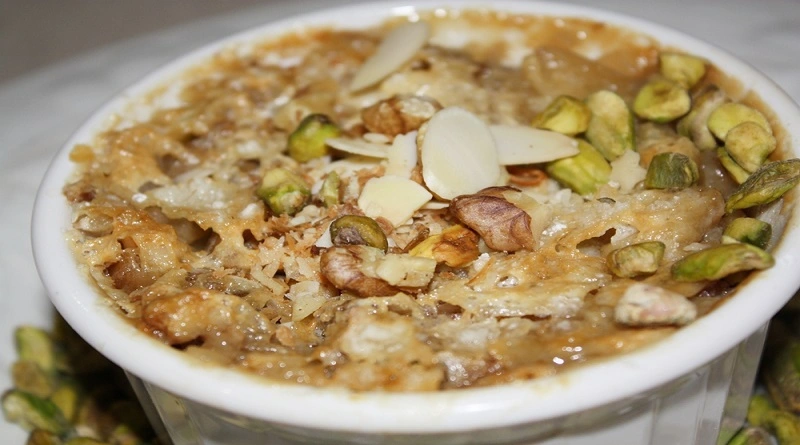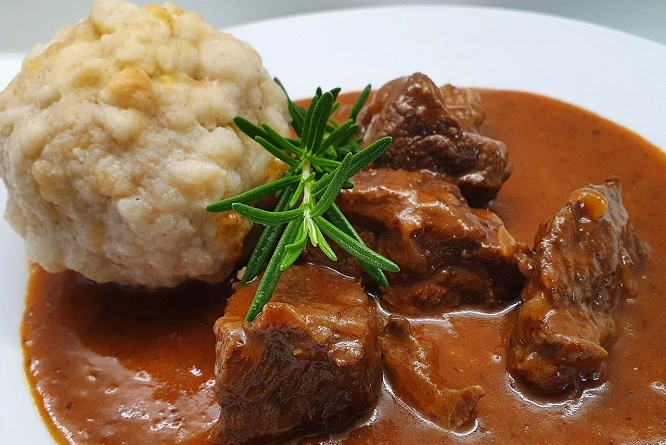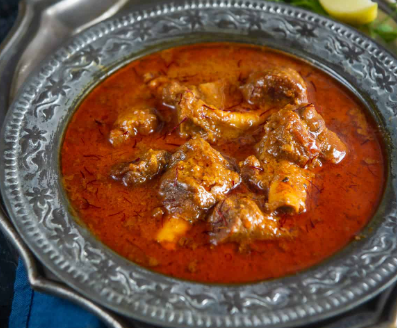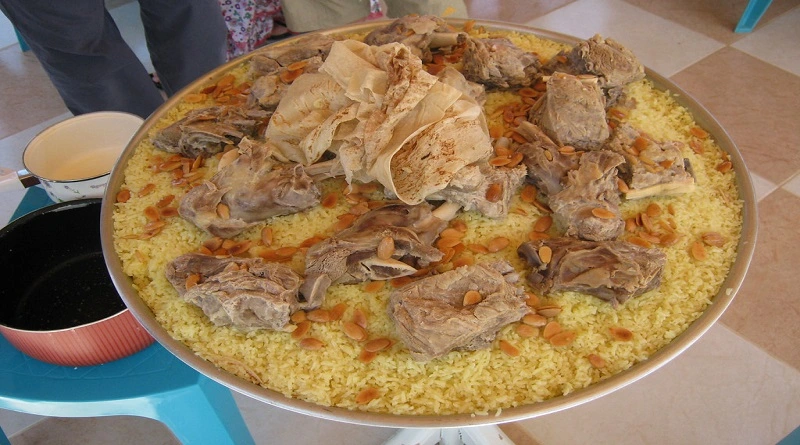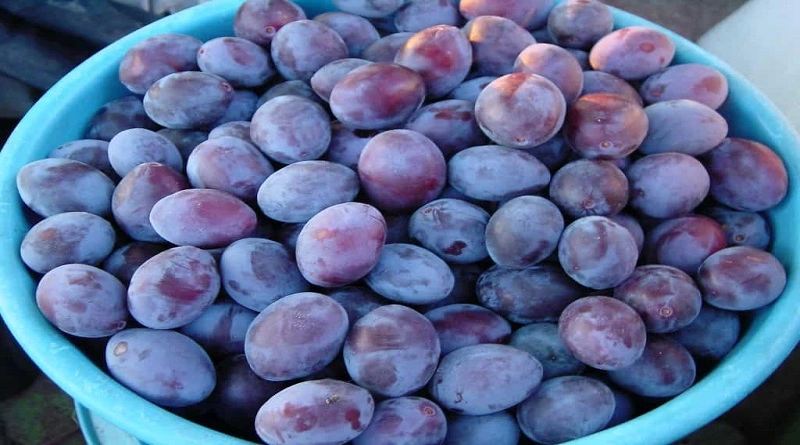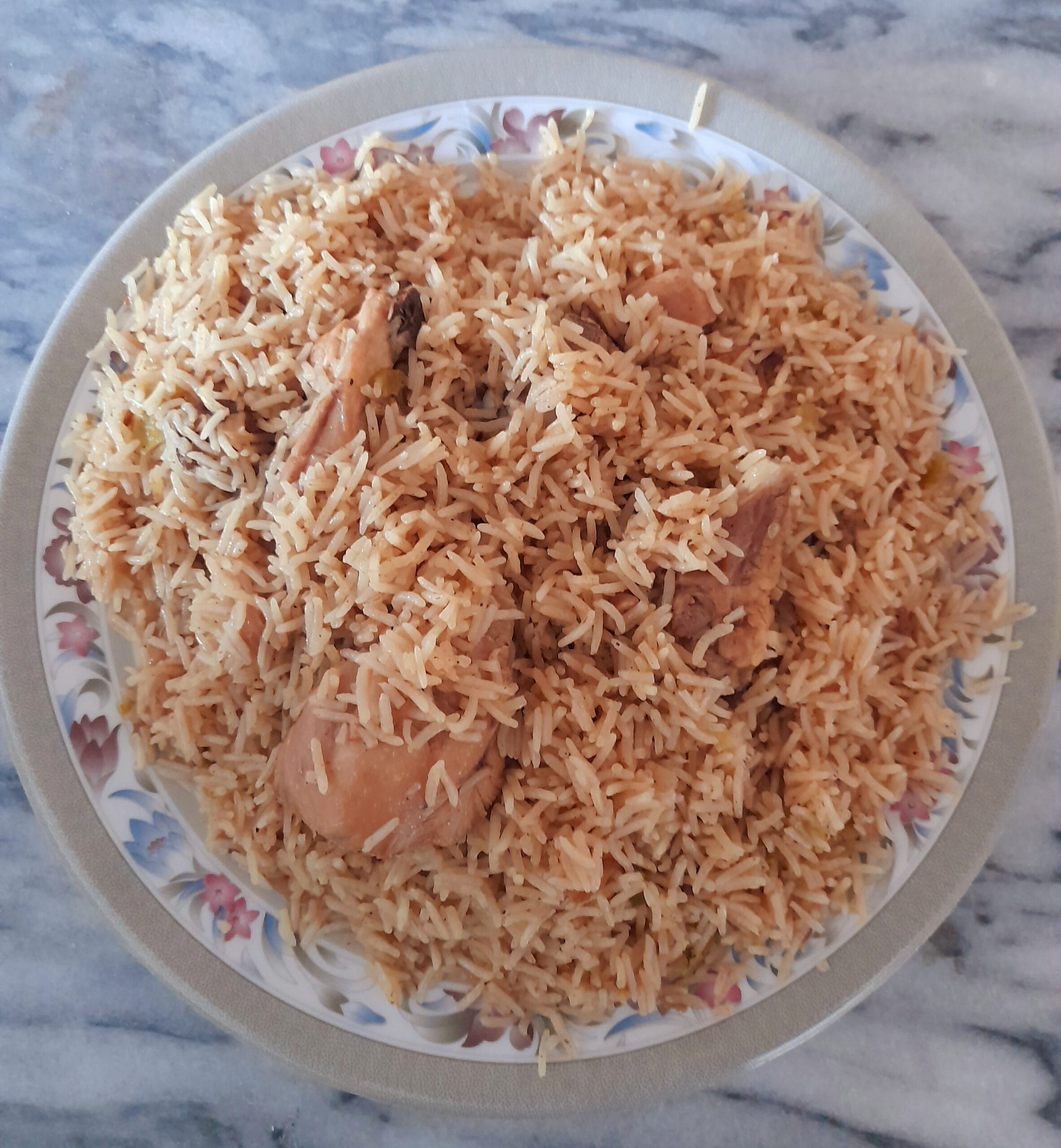Manakeesh, a flatbread dish from the Levant region, is a novel and exciting option for a snack or breakfast. The toppings for this dish are varied and offer a range of flavors, making it a versatile meal.
Manakeesh is a Levantine culinary staple that is frequently consumed as a breakfast or snack. It comprises a flatbread that is garnished with a diverse range of toppings such as za’atar, a mixture of spices and herbs, cheese, or minced meat. However, it’s crucial to be mindful of the potential negative consequences of consuming manakeesh. This article will examine the undesirable effects of this dish in detail and offer suggestions on how to alleviate them.
This dish is among the most ever-liked dishes in the middle east like Baklava, Knafeh, Iraqi Masgou, Kebab Karz, Mansaf, Shanklish, Shawarma, Falafel, Moutabal, etc.
This article delves into the history and health benefits of Manakeesh, as well as provides a comprehensive recipe for making this delicious dish in the comfort of your own home.
Introduction
Manakeesh also spelled man’oushe or manaqish, is a popular Lebanese street food made of flatbread that’s baked in a wood-fired oven. It’s often topped with za’atar, a spice blend made from thyme, sumac, sesame seeds, and salt, or with cheese, ground meat, or vegetables.
Manakeesh has a long history in the Middle East, dating back to ancient times when flatbread was a staple food for nomadic tribes. Today, it’s a popular breakfast food in Lebanon, Syria, Palestine, and Jordan, and can be found in many Middle Eastern and Mediterranean restaurants around the world.
Manakeesh is a traditional Middle Eastern dish that is similar to pizza. It is made with a simple flatbread dough that is topped with a variety of ingredients, including za’atar, cheese, and meat. Manakeesh is typically baked in a wood-fired oven and served hot.
Health Benefits of Manakeesh
Manakeesh is a nutritious and filling food that can provide a variety of health benefits. Here are some of the ways that Manakeesh can be good for you:
- High in Fiber
Manakeesh is made from whole-grain flour, which is rich in fiber. Fiber is important for maintaining healthy digestion and can help prevent constipation, reduce the risk of colon cancer, and lower cholesterol levels.
- Low in Fat
Most Manakeesh recipes are low in fat, making it a healthy option for those watching their fat intake. Toppings like cheese and meat can add fat, so it’s important to choose your toppings wisely.
- Rich in Protein
If you choose to add meat or cheese to your Manakeesh, you’ll be getting a good dose of protein. Protein is important for building and repairing muscle, as well as keeping you feeling full and satisfied.
- Packed with Flavorful Herbs and Spices
Za’atar, the most popular topping for Manakeesh, is packed with flavorful herbs and spices that provide a variety of health benefits. Thyme, for example, has antibacterial and anti-inflammatory properties, while sumac is rich in antioxidants and may help lower cholesterol levels.
How to Make Manakeesh
Now that you know the health benefits of Manakeesh, let’s move on to the recipe. This recipe makes about six Manakeesh.
Ingredients:
- 3 cups all-purpose flour
- 1 teaspoon salt
- 1 teaspoon sugar
- 1 tablespoon active dry yeast
- 1 cup warm water
- 1/4 cup olive oil
- 1/4 cup za’atar
- 1/4 cup crumbled feta cheese
Instructions:
- In a large bowl, mix the flour, salt, sugar, and yeast.
- Add the warm water and olive oil to the bowl and mix until a dough forms.
- Knead the dough on a floured surface for about five minutes, until it’s smooth and elastic.
- Place the dough back in the bowl and cover it with a towel. Let it rise in a warm place for about an hour, until it doubles in size.
- Preheat your oven to 450°F.
- Divide the dough into six pieces and roll each piece out into a flat disc.
- Place the discs on a baking sheet lined with parchment paper.
- Spread the za’atar and feta cheese over the flat discs, leaving a small border around the edges.
- Bake the Manakeesh for 10-12 minutes, until the edges are golden brown and the cheese is melted.
- Serve hot, garnished with fresh parsley or mint leaves.
Variations of Manakeesh
While za’atar and cheese are the most popular toppings for Manakeesh, there are many other delicious variations to try. Here are a few ideas:
- Meat Manakeesh: Top your Manakeesh with ground beef or lamb that’s been seasoned with spices like cumin, coriander, and allspice.
- Vegetable Manakeesh: Try topping your Manakeesh with a mixture of sautéed vegetables like onions, bell peppers, and mushrooms.
- Cheese and Tomato Manakeesh: Top your Manakeesh with sliced tomatoes and crumbled feta cheese, then bake until the cheese is melted and bubbly.
Precautions in cooking
When cooking this dish, a popular Middle Eastern flatbread, there are a few precautions that you should keep in mind to ensure that it is cooked properly and is safe to eat. Here are some tips to follow:
- Preheat the oven: Before placing the manakeesh in the oven, make sure that it is fully preheated to the recommended temperature. This will ensure that the bread is cooked evenly and thoroughly.
- Use a pizza stone or baking sheet: To ensure that this dish cooks evenly, use a pizza stone or baking sheet. This will help to distribute the heat evenly and prevent the bread from burning.
- Don’t overload the toppings: While it may be tempting to add lots of toppings to your manakeesh, be careful not to overload it. Too many toppings can cause the bread to become soggy and prevent it from cooking evenly.
- Watch the cooking time: this dish cooks quickly, so it is important to keep an eye on it while it is in the oven. Check it regularly to ensure that it is not burning and remove it from the oven as soon as it is cooked through.
- Let it cool: Once this dish is cooked, allow it to cool for a few minutes before slicing and serving. This will allow the bread to be set and prevent it from becoming too soft and doughy.
By following these precautions, you can ensure that your manakeesh is cooked properly and is safe to eat.
Side Effects of Manakeesh
While this dish is generally considered to be a healthy and nutritious dish, it can have some side effects, especially if consumed in excess. Some of the most common side effects of this dish include:
Weight Gain
Manakeesh is often high in calories and fat, especially if it is topped with cheese or meat. Consuming this dish regularly can lead to weight gain, which can increase your risk of developing health problems such as heart disease and diabetes.
Digestive Issues
The high-fat content in manakeesh can cause digestive issues such as bloating, gas, and constipation, especially if consumed in large quantities. This can be particularly problematic for individuals with pre-existing digestive issues such as irritable bowel syndrome (IBS).
High Sodium Intake
Many manakeesh recipes contain a high amount of sodium, which can lead to high blood pressure and other health issues. Consuming too much sodium can also cause bloating and water retention.
Allergic Reactions
Some individuals may have an allergic reaction to the ingredients in this dish, especially if they are allergic to wheat or dairy products. Symptoms of an allergic reaction can include hives, itching, and difficulty breathing.
Mitigating the Side Effects of Manakeesh
While this dish can have some side effects, there are steps you can take to mitigate them. Here are a few tips to keep in mind:
- Enjoy this dish in moderation and avoid consuming it every day.
- Opt for healthier toppings such as vegetables and herbs instead of cheese and meat.
- Choose whole-grain flatbread dough instead of white flour to increase the fiber content and reduce the calorie count.
- Be mindful of your portion sizes and try to share a manakeesh with a friend or family member.
- If you have a food allergy or intolerance, make sure to check the ingredients in this dish before consuming it.
Conclusion
Manakeesh is a tasty and nutritious Middle Eastern flatbread that’s easy to make at home. Whether you prefer za’atar, cheese, or meat toppings, this dish can be a satisfying and healthy addition to your breakfast or snack routine. So why not give it a try?
FAQs
What is za’atar?
Za’atar is a spice blend made from thyme, sumac, sesame seeds, and salt. It’s a popular topping for this dish and can also be used in other Middle Eastern and Mediterranean dishes.
Can I make Manakeesh without a wood-fired oven?
Yes, you can bake this dish in a regular oven at 450°F for 10-12 minutes. Just be sure to use a baking sheet lined with parchment paper.
What other toppings can I use for Manakeesh?
You can use a variety of toppings for this dish, including meat, vegetables, cheese, and herbs.
Is Manakeesh vegan?
It depends on the toppings you choose. The flatbread itself is usually vegan, but if you add cheese or meat, it won’t be vegan anymore.
Can I make Manakeesh ahead of time?
Yes, you can make the dough ahead of time and store it in the refrigerator for up to a day. When you’re ready to bake, let the dough come to room temperature and then proceed with the recipe.
Can I freeze Manakeesh?
Yes, you can freeze the baked flatbread for up to a month. To reheat, just pop it in the oven or toaster oven for a few minutes.
What’s the difference between za’atar and thyme?
Za’atar is a blend of spices that includes thyme, sumac, sesame seeds, and salt. Thyme is a specific herb that’s commonly used in Mediterranean and Middle Eastern cuisine.
Can I use whole wheat flour instead of all-purpose flour?
Yes, you can use whole wheat flour, but keep in mind that it may produce a denser and chewier flatbread than all-purpose flour.
References
- “The Arabian Nights Cookbook: From Lamb Kebabs to Baba Ghanouj, Delicious Homestyle Arabian Cooking” by Habeeb Salloum.
- “Arabian Delights: Recipes & Princely Entertaining Ideas from the Arabian Peninsula” by Amy Riolo.
- “The Complete Middle Eastern Cookbook” by Tess Mallos.
- “Classic Lebanese Cuisine: 170 Fresh and Healthy Mediterranean Favorites” by Kamal Al-Faqih.
- “The Food of Oman: Recipes and Stories from the Gateway to Arabia” by Felicia Campbell.
- “The Lebanese Kitchen: Quick and Healthy Recipes” by Monique Bassila Zaarour.
- “Persiana: Recipes from the Middle East & Beyond” by Sabrina Ghayour.
- “The Jewelled Kitchen: A Stunning Collection of Lebanese, Moroccan and Persian Recipes” by Bethany Kehdy.
- “Saha: A Chef’s Journey Through Lebanon and Syria” by Greg Malouf.
- “The New Middle Eastern Vegetarian: Modern Recipes from Veggiestan” by Sally Butcher.
- https://en.wikipedia.org/wiki/Manakish

